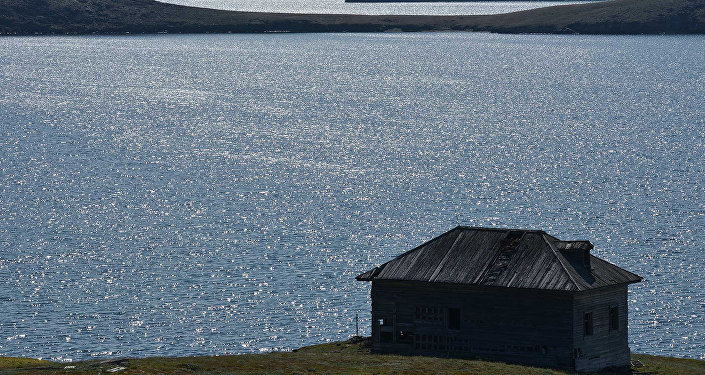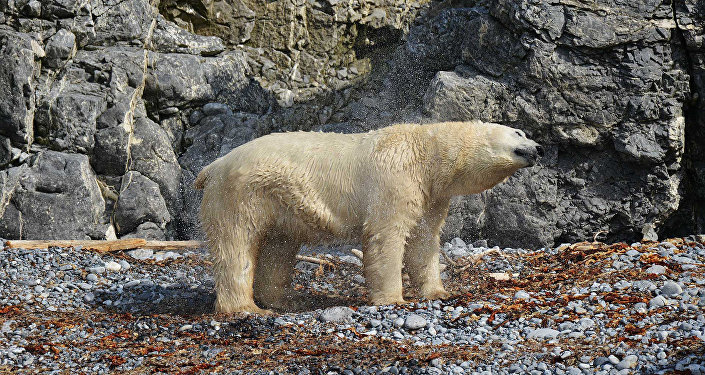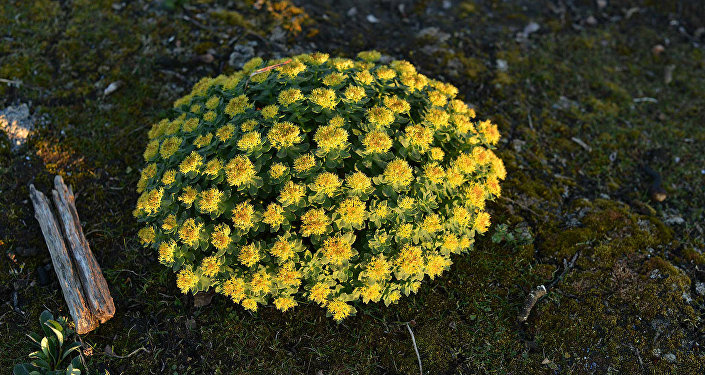Arctic summer
"Summer in the Arctic is a very vague concept because local regions are quite diverse. For example, the Gulf Stream flows through the Barents Sea, which has some other warm currents. Although local summer is harsh, it begins much earlier than, say, in the East Siberian Sea, on the Taimyr Peninsula or in the mouth of the Kolyma River," said Nikolai Shabalin, executive director of the Center for Marine Research at Lomonosov Moscow State University.
Russian Arctic National Park does not experience summer every year. People here do not use the calendar, preferring to look out the window instead.

© Yaroslav Amelin. Rusanovo nomad camp, Petukhovsky Archipelago. Novaya Zemlya. 2016
"Judging by central Russia standards, we don't see any summer here. In our opinion, the local summer season begins in July and lasts until mid-August, when average monthly temperatures exceed zero degrees," said Maria Gavrilo, deputy director for research at Russian Arctic National Park.
The Franz Josef Land Archipelago welcomes its own summer season in July and sometimes August. Summer begins at Novaya Zemlya (located two degrees to the south) in late June and lasts until August.

© Yaroslav Amelin. A polar bear on Pukhovy Island. Novaya Zemlya. 2016
"The Arctic is notorious for its long winters, long and cold springs and autumns, and you barely have time to notice local summers," she noted. Despite a warmer climate, the park was hit by snowfalls each week in the summer of 2014, and the snow did not melt for several days, Gavrilo added.
The ice does not always melt either; that is why experts talk about "hydrological summers," when the ice disappears and when local shipping lanes reopen. "In our latitudes, March and April are the heyday of hydrological winters, with summers arriving in August and September," Gavrilo said. But the ice did not recede from the Franz Josef Land Archipelago in 2014.
No birds sing and no trees grow here?
"Local species are so well adapted that plants bloom and birds hatch eggs despite these hardships. Local dwellers are quite hardy."
Arctic flowers are in full bloom for a short time. In late July, one can see yellow poppy fields or buttercups even at 81 degrees northern latitude. The first flowers appear at an early date when there is still snow all around, blooming on small hills and open ground where the ice has melted.

© Yaroslav Amelin. Rose root is a specially protected Arctic plant. Barents Sea coast. 2016
In May 2017, the park's experts hiked toward Graham Bell Island, with marine animals experiencing the height of spring. "Everything was covered with snow, and snow buntings were already there; these birds arrive every April. They are the precursors of Arctic spring. Sea birds don't even wait for the snow to melt, and they reach their nesting sites in late March. They start reproducing, as soon as the snow melts on local cliffs. Ground birds, including geese, brant/brent geese and sandpipers, waited for the snow to disappear because they feed off the ground," Gavrilo said.

© Andrei Yermakov. A barnacle goose. Novaya Zemlya. 2016
Despite a short and not very warm summer, the Arctic continues to receive more and more tourists. In 2017, about one million tourists from dozens of foreign countries are set to visit Franz Josef Land. In 2013-2016, about 5,000 people visited the archipelago. In the past few years, Chinese tourists accounted for 25 percent, with Germans and Russians making up 17 and six percent, respectively.
Work is underway here to build open-air museum sites showing the main stages of exploring and developing the Arctic. There are plans to set up two multipurpose Arctic complexes on Heiss Island (Franz Josef Land) and Cape Zhelaniya (Novaya Zemlya) where the park's researchers and academics will work. Tourists will also be able to go there.
